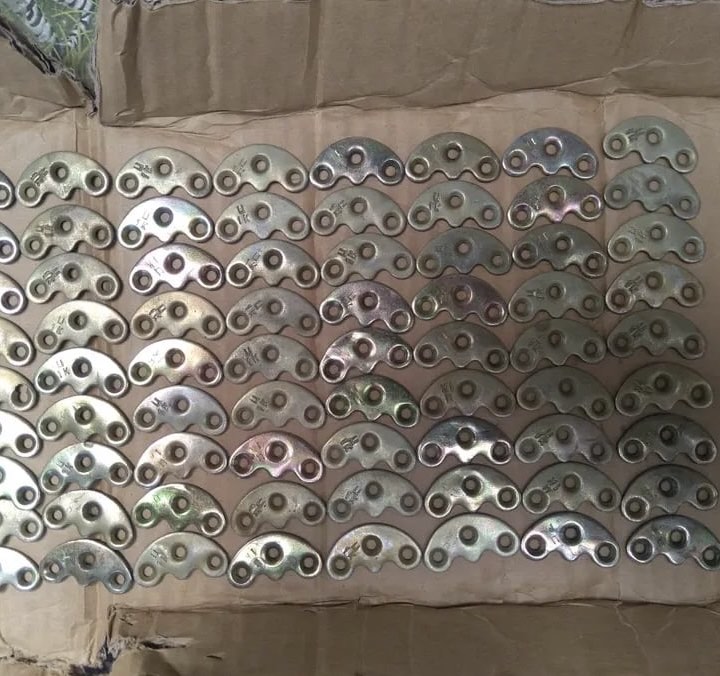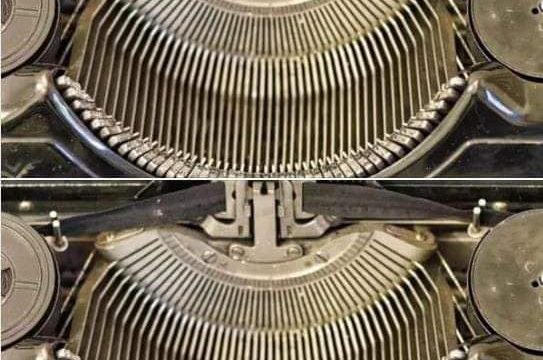
Have you ever walked on a paved street and heard the distinct click-clack of metal striking the ground? That sound, once common in the early 20th century, belonged to metal shoe repair plates—a small yet ingenious invention that added durability and longevity to footwear. These plates were a staple among shoemakers, designed to prevent excessive wear and tear on boots and shoes. As the demand for more durable and stylish footwear increased, these metal plates became an essential component, reinforcing soles and extending a shoe’s lifespan.
The Purpose and Strength of Metal Shoe Repair Plates
There was a time when shoes were built to last, and these metal plates played a crucial role in ensuring that longevity. Positioned at the heels and toes—areas that faced the most friction—these plates protected shoes from the rough terrain of daily life. But their function went beyond durability. They provided better traction and stability, making them an asset whether you were dancing at a grand ball or hurrying to work in a bustling city.
For many, the plates were a lifesaver, especially for workers who relied on sturdy footwear. Whether it was factory workers, postal carriers, or even soldiers, these reinforced shoes offered a level of reliability that was hard to match. It was a time when footwear wasn’t seen as disposable; instead, people invested in shoes that could endure years of use with proper maintenance.
The Ingenuity of Replaceable Plates
One of the most remarkable aspects of these metal shoe plates was their interchangeability. Unlike modern footwear, where once the sole is worn down, the entire shoe is often discarded, metal plates allowed for simple repairs. Shoemakers could replace the worn-out plates with new ones, saving people the cost of purchasing entirely new footwear.
In a way, these plates embodied the early principles of sustainability—reduce, reuse, and recycle. During economic hardships, such as the Great Depression, this feature was particularly valuable. Instead of constantly buying new shoes, people could keep their footwear in excellent condition with minor repairs. It was an approach that today’s fast fashion industry could certainly learn from.
A Sound of Quality and Prestige
Beyond their practical benefits, metal shoe plates also carried a distinct sensory appeal. The rhythmic click-clack sound they produced when walking became synonymous with durability and sophistication. It wasn’t just a noise; it was a statement.
People who wore shoes with these plates carried an air of confidence. The unmistakable metallic sound announced their presence even before they arrived. In certain circles, the sound became a hallmark of well-made shoes, much like the polished look of high-quality leather today.
Their Influence on Modern Footwear
While the widespread use of metal shoe plates has faded over time, their legacy lives on. Footwear brands today continue to seek ways to improve durability and comfort while taking inspiration from early innovations. Modern technology has introduced advanced synthetic materials that mimic the strength and protection once provided by metal plates.
Sneaker brands, for example, incorporate reinforced soles, while high-end dress shoes are still designed with replaceable heel plates or rubber reinforcements. The core idea remains the same—create footwear that withstands wear and tear without compromising style.
A Collector’s Treasure
For vintage enthusiasts and collectors, original metal shoe plates are highly sought-after relics. These small metal pieces serve as a tangible connection to a time when craftsmanship and practicality were paramount. Some collectors hunt for intact plates, while others look for antique shoes that still feature these original enhancements. The plates tell a story of an era when even the smallest details in a product were crafted with care and durability in mind.
Many museums and private collectors showcase these plates as part of exhibits on fashion history, industrial craftsmanship, and even wartime necessities. They stand as a testament to human ingenuity—proof that even the tiniest innovations can make a significant impact.
A Cultural Symbol of Sustainability and Ingenuity
Beyond their mechanical function, metal shoe plates symbolize a time when people valued longevity over convenience. Today, in an age dominated by fast fashion and mass production, these plates serve as a reminder of the importance of sustainability. They reflect a time when repairing, rather than discarding, was the norm.
Older generations viewed maintenance as a natural part of ownership. Rather than replacing an entire item, they extended its life through thoughtful care. This mindset is seeing a resurgence today as consumers become more conscious of waste and environmental impact. From vintage clothing restoration to cobbler shops making a comeback, the appreciation for long-lasting products is growing once again.
The Lasting Legacy of Metal Shoe Plates
Although metal shoe repair plates may no longer be common in everyday footwear, their influence is undeniable. They provided strength, practicality, and a unique style to the shoes of the past. More importantly, they left behind a legacy of sustainability and craftsmanship that still resonates in the fashion industry today.
For those who appreciate history, these plates are more than just a footnote in footwear evolution—they are a symbol of resilience, innovation, and an era that valued durability over disposability. The next time you hear the sound of metal striking pavement, take a moment to appreciate the craftsmanship of the past and how it still influences the way we walk today.





